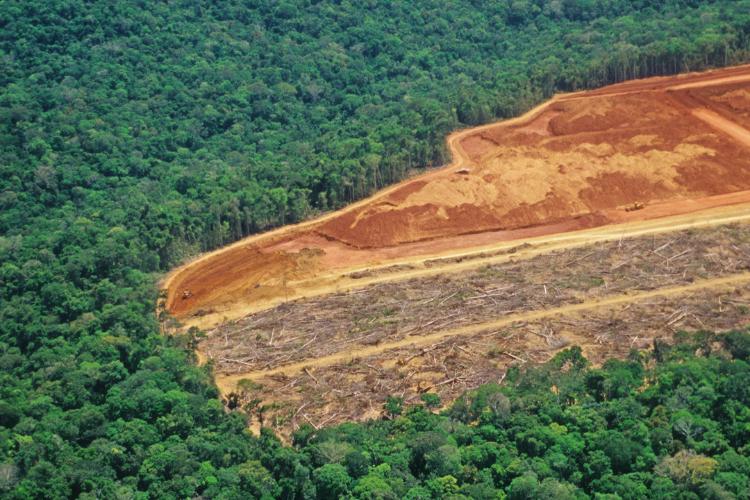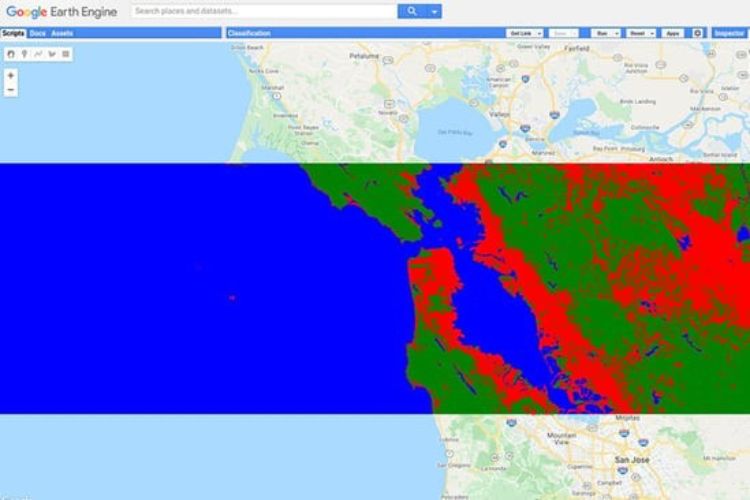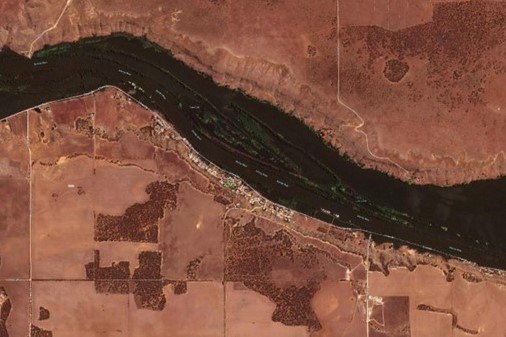Blog
Discover more about the impactful work we do globally.
Filter

What is the European Union Deforestation Regulation?
The European Union Deforestation Regulation is one of the most significant initiatives that has ever been established for sustainable sourcing of raw materials. The EUDR is a law that restricts operators from placing products on or exported from the European Union (EU) market that are linked with deforestation or forest degradation. The key driver behind…

NGIS joins forces with Textile Exchange to help fashion brands make more sustainable sourcing choices
NGIS is excited to announce its collaboration with Textile Exchange to drive more responsible sourcing practices through the Materials Impact Explorer (formally known as Global Fibre Impact Explorer). Created by Google and WWF in 2019, the Materials Impact Explorer was designed to help fashion brands make more sustainable sourcing decisions. The primary goal of the…

NGIS expands internationally with new General Manager for North America
NGIS has grown its team internationally after appointing Bobby Pinter as its General Manager for North America. In his new role, Bobby will be responsible for managing NGIS’s relationships with partners and customers in North America. He will primarily focus on working closely with customers, understanding their challenges and ensuring they are getting the most…

How NGIS enhanced REIWA’s property search with advanced GIS mapping
NGIS and the Real Estate Institute of Western Australia (REIWA) collaborated to update the property hunting landscape on reiwa.com. As the leading representative of more than 85% of active agents in the state, REIWA aimed to elevate its online listings platform by incorporating advanced features and providing users with comprehensive and up-to-date property information. What…

NGIS creates an interactive battle hologram for Australian Defence Force
NGIS teamed up with Skyline and Axiom, the world leaders in hologram equipment, to create a Commander’s Augmented Reality Mission Support Application System (C-ARMSAS) as an innovative exploration of concepts for the Australian Army. C-ARMSAS is a next generation technology that could be used to assist in mission planning, war-gaming, and execution capability. The holographic…

What are the key trends in geospatial data for 2023
Can you believe a whole quarter of 2023 has passed? During this quarter, our teams have been busy building the next generation of geospatial enterprise solutions for various industries, such as sustainability, utilities, emergency management, and Government agencies. We have curated a list of our favourite emerging trends that are helping us solve your challenges…

What is greenwashing and how to avoid it for your business
Greenwashing is a marketing tactic used by companies to make their products or services appear more environmentally friendly than they actually are. It involves making false or exaggerated claims about the environmental benefits of a product or service in order to appeal to consumers who are concerned about the environment. Greenwashing can take many forms,…

The women mapping our world: NGIS celebrates International Women’s Day
International Women’s Day (IWD) is a time to celebrate the achievements of women around the world. In the field of Geographic Information Systems (GIS), women have made significant contributions to the development and implementation of these technologies. In honour of IWD, we had the privilege of speaking with four inspiring women from NGIS about their…

Using Earth Observation to monitor floods with Planet imagery
Australia is experiencing a widespread flooding crisis. From heavy rainfall in Northern and Central Queensland, rising waters in New South Wales and South Australia, to ongoing major flooding in Western Australia – the rains are causing havoc all over the country. While floods can bring welcome relief for ecosystems suffering from drought, they pose a serious…

A National Digital Environmental Health Decision Support Platform
By 2030, the direct damage of costs to health is expected to be between $3-6 billion per year, due to rising temperatures, extreme weather and increasing carbon dioxide levels. In turn, these have an impact on heat-related illness and death,cardiovascular failure, injuries, vector-borne and water-borne diseases, asthma, cardiovascular disease, respiratory allergies, and mental health. …
